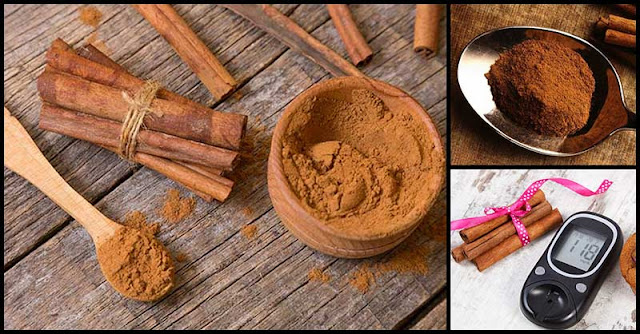Cinnamon is a perfect spice that is mainly used in a wide variety of cuisines, tea, snack foods, traditional dishes, and sweet and savoury dishes. Aside from this, there were several studies showing how it can help prevent and manage symptoms of diabetes.
Here are the things we need to know about cinnamon and its effect on blood sugar control and diabetes.
Can Help Imitate Insulin And Help Increase Insulin Sensitivity
With diabetes, it’s either the cells do not respond properly with insulin or the pancreas cannot produce enough insulin thus leading to high blood sugar levels.
Cinnamon can imitate the effects of insulin, increase insulin sensitivity, and increase glucose transport into cells to help lower blood sugar and fight diabetes.
Contains Large Amounts Of Antioxidants
Studies have found that cinnamon contains large amounts of antioxidants, which give it its health benefits.
According to experts, antioxidants fight free radicals that cause oxidative stress which is the reason behind chronic diseases like type 2 diabetes.
Cinnamon was found to have the second-highest amounts of antioxidants among the 26 herbs and spices being examined by a group of researchers.
Can Help Lower Blood Sugar After Meals
Our blood sugar levels can rise dramatically after we eat our meals, depending on the size of our meal and how many carbs it contains. This rise in blood sugar levels increases our risk of chronic diseases.
Studies revealed that cinnamon can help keep these blood sugar spikes after meals in check. It works by slowing down the rate at which food empties out of our stomach and blocking digestive enzymes.
How To Consume Cinnamon To Help With Diabetes
In a study published in the Diabetes Care journal in 2003, experts have found that daily intake of just 1, 3, or 6 grams of cinnamon can help lower down serum glucose, triglyceride, LDL, and total cholesterol after 40 days among 60 middle-aged diabetics.
Moreover, consumption of just 1g of cinnamon per day can increase insulin sensitivity and help manage or reverse type 2 diabetes according to a study reported in the July 2000 edition of Agricultural Research Magazine.
In an article found in The American Journal of Clinical Nutrition, results showed that 6g of cinnamon slows stomach emptying and significantly reduces hyperglycemia after meals without affecting satiety.
Since cinnamon is so flavorful, it can be used to replace small amounts of sugar in some of our recipes, sauces, vegetable, and meat dishes. We can also top off our buttered whole-grain toast with a dash of cinnamon. Have it added on our coffee grounds in the morning or mix it into smoothies and diet shakes.









